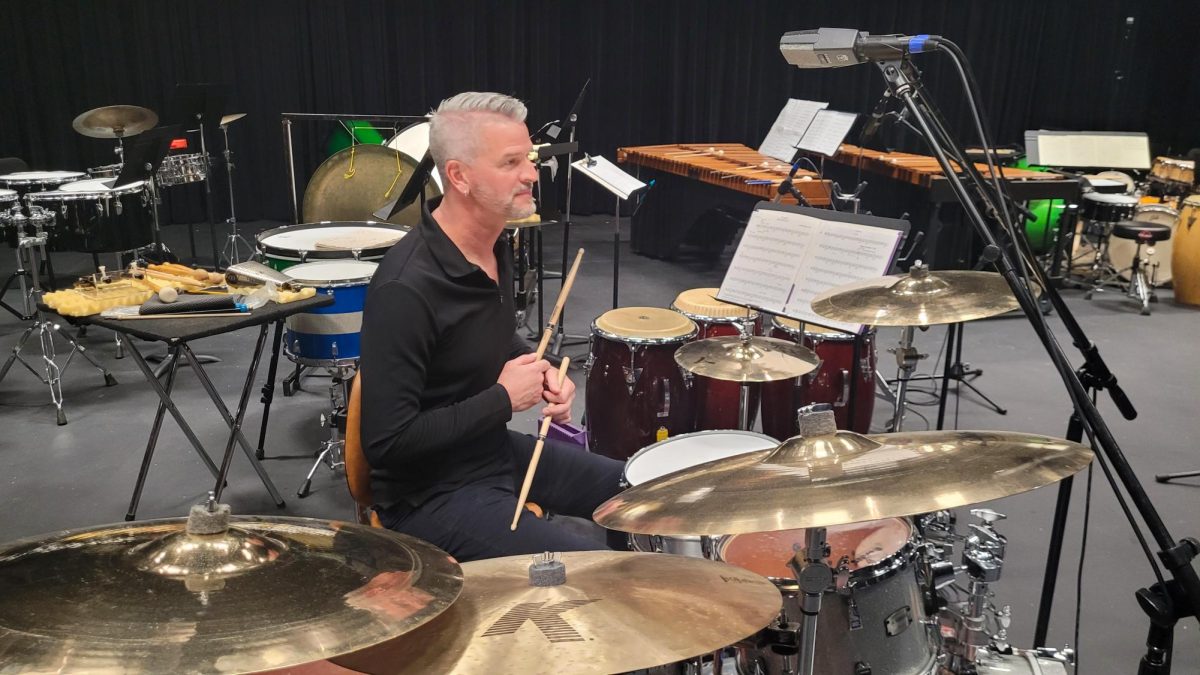A mystery is only as good as its answers.
While that may be a pretentious film quote, I believe it rings true. That is why I think the 2017 mystery/horror film “It Comes at Night” has become understandably polarizing to viewers.
Written and directed by Trey Edward Shults, the film tells the story of a family trying to survive in their isolated, wooded home as a dangerous virus spreads around. When another family begins living with them, tensions rise as the fear of bringing in the infected becomes too real.
What caused the virus? How lost was the world before the film started?
Well, we are never told and really are in the dark for most of the film. The only thing we know is that the virus takes less than 24 hours to show symptoms and that it is not airborne.
The film decides to focus most of its runtime detailing the paranoia and fear that overcomes a group when their lives are in danger. To be fair, I think this is an interesting spin on the story, as it focuses more on the basic and primal fears that realistically occur in this situation.
Look no further than the COVID-19 pandemic to see how paranoid and cautious people can be and, interestingly, how careless.
The acting is to credit for the film’s intriguing results with both family members delivering on their welcoming demeanor until they are forced to be more assertive for the safety of their loved ones.
Joel Edgerton, who plays the father of the family who owns the home, stands out. He exemplifies the extreme caution that needs to be in place to protect everyone. He is demanding, smart and freshly aware of the dangers of this mysterious situation.
Edgerton’s son in the film, played by Kelvin Harrison Jr., is probably the most important character in the film, as he experiences many dreams and hallucinations that elude to the context of the story. However, I feel the extreme usage of these dream sequences becomes repetitive and more confusing than it wants.
On a positive note, the technical aspects of the film are amazing.
There are many impressive camera shots inside the isolated and claustrophobic cabin with great use of mood lighting to reflect the emotions of the characters.
But I think the film feels largely hollow by the end. Despite the tragic and reasonably effective ending, the film does not touch upon the questions that it demands answers to.
We leave the film with no insight into the world, the extent of damage the virus can cause or if the pre-established rules of the disease are even truly accurate.
I think the film’s promotion is also to blame for its less-than-spectacular response from audiences. The trailer showed an intense and more action-filled film set in the woods.
I think if the promotion surrounding this A24 film had been more truthful, the film might have been seen in a better light by viewers.
Nonetheless, “It Comes at Night” delivers a decently tense and well-shot film that bites off more than it intends to chew. While for some that aspect of the film is creative, others will see the film as narratively dormant.
Personally, I appreciated the film’s focus on a sometimes glossed-over aspect of global virus films. However, the film feels like it needs a more interesting narrative anchor to make it feel more satisfying by the end.
My overall rating: 3/5
Drew Coffey can be reached at 581-2812 or at akcoffey@eiu.edu.
















![[Thumbnail Edition] Senior Foward Macy McGlone, getsw the ball and gets the point during the first half of the game aginst Western Illinois University,, Eastern Illinois University Lost to Western Illinois University Thursday March 6 20205, 78-75 EIU lost making it the end of their season](https://www.dailyeasternnews.com/wp-content/uploads/2025/03/WBB_OVC_03_O-1-e1743361637111-1200x614.jpg)























































